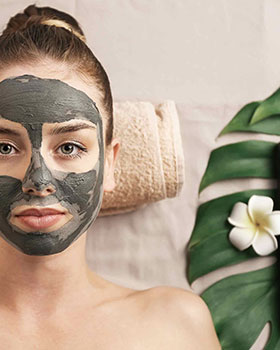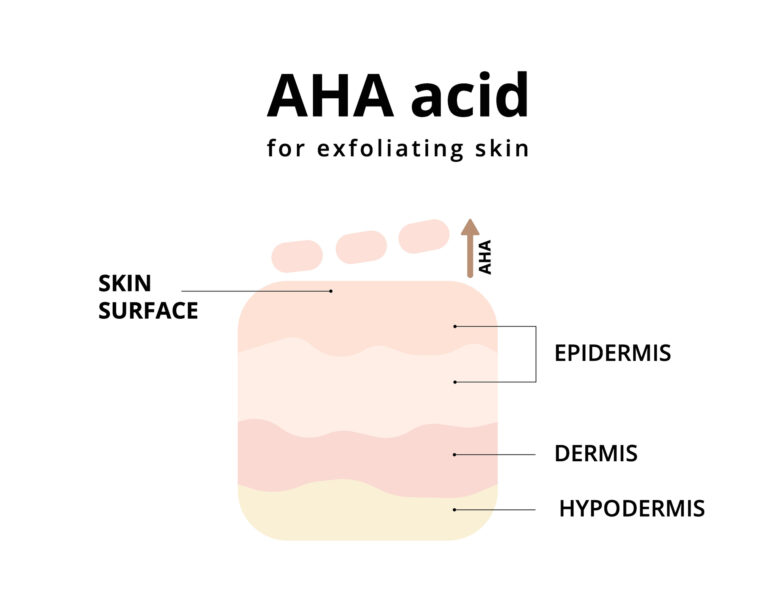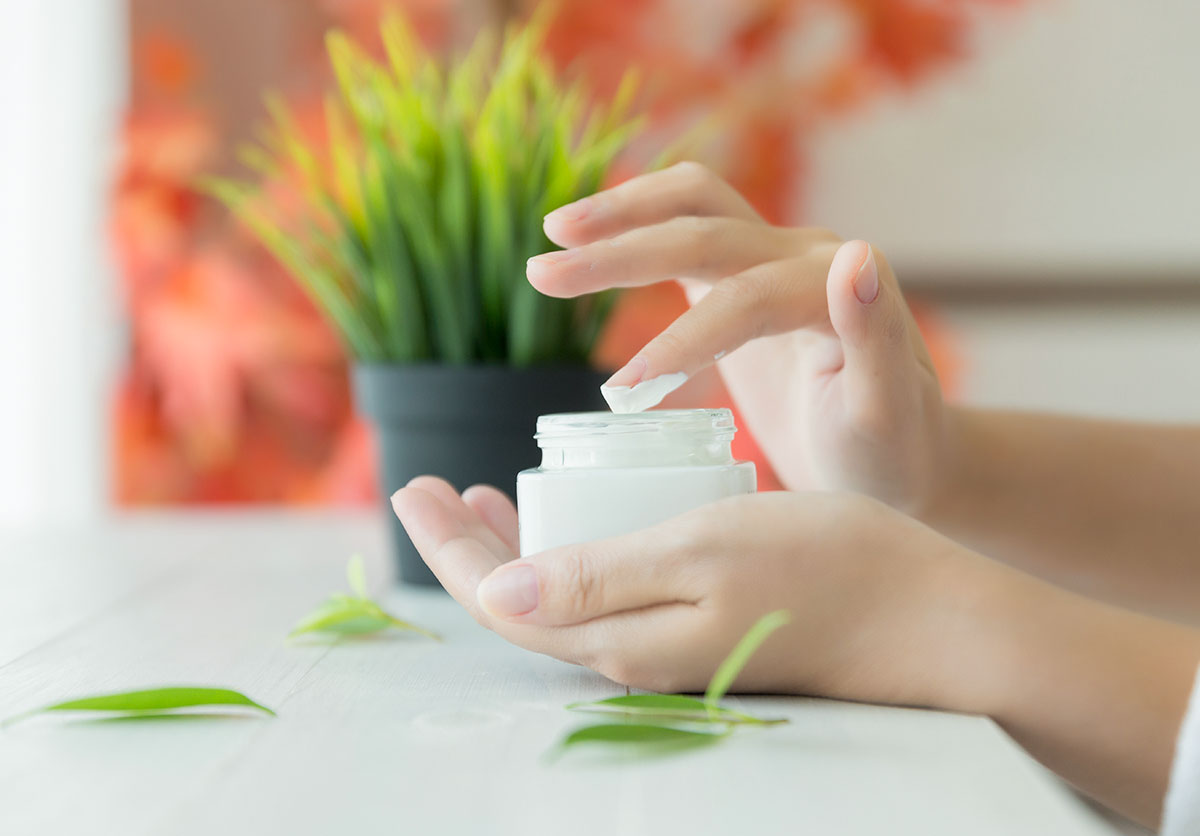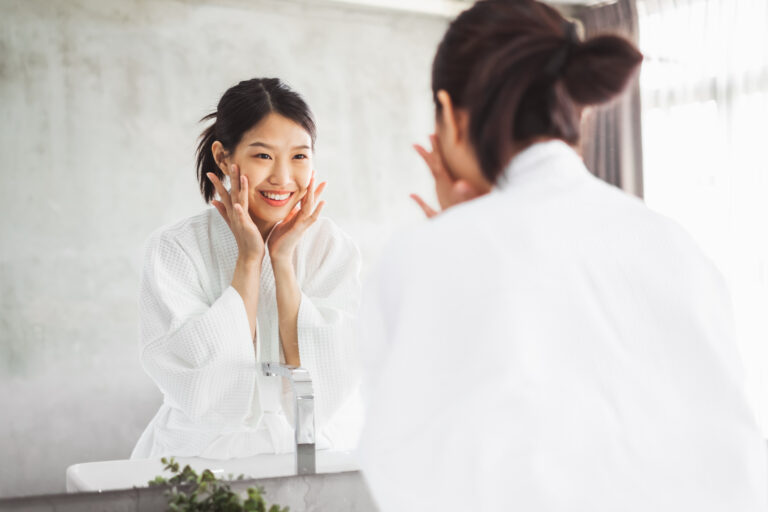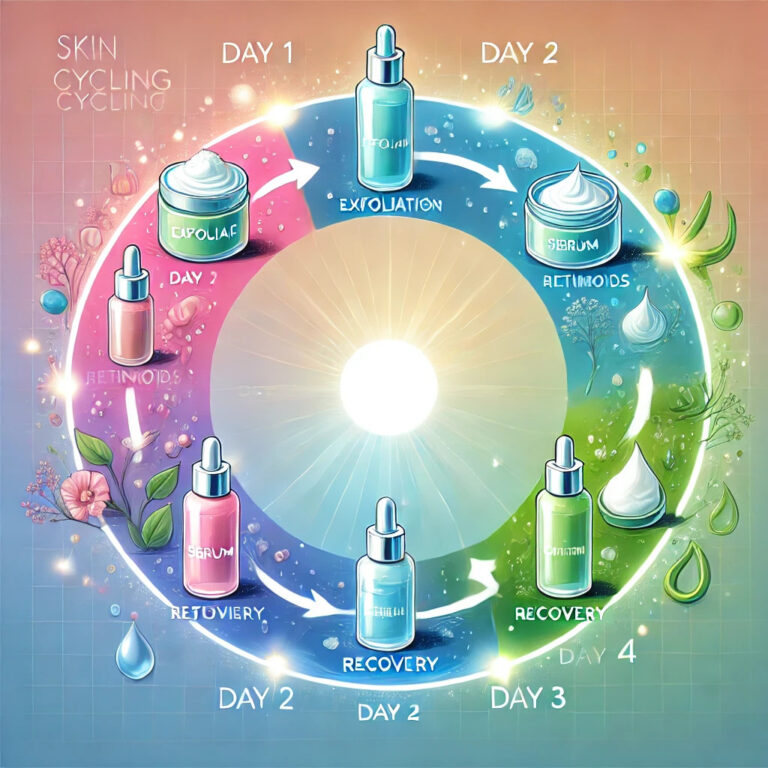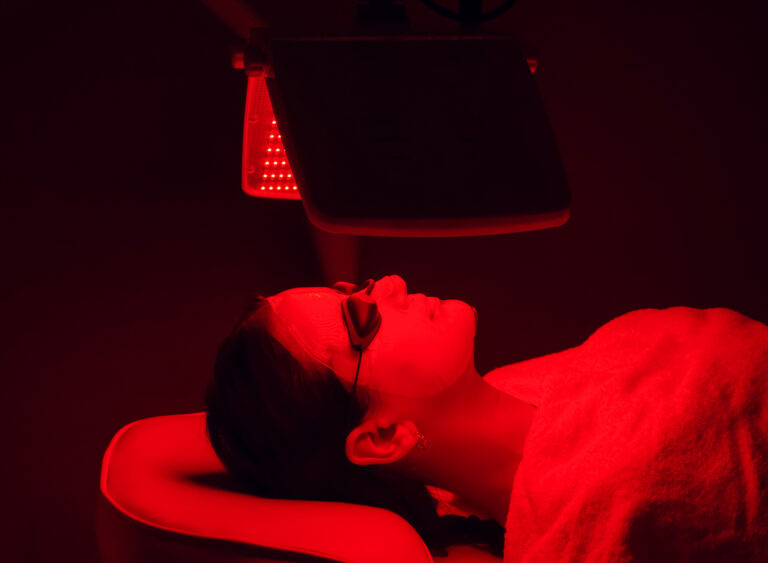Understanding Hyperpigmentation: Causes, Products, and the Best Treatments
Hyperpigmentation is a common skin condition in which patches of skin become darker than the surrounding areas. While it’s generally harmless, it can be a source of cosmetic concern for many individuals. Understanding its causes and the best treatments can help manage and even prevent hyperpigmentation effectively.
What Is Hyperpigmentation?
Hyperpigmentation occurs when the skin produces excess melanin, the pigment responsible for skin color. This overproduction can result in dark spots or patches on the skin, which vary in size and can appear anywhere on the body.
Causes of Hyperpigmentation
1. Sun Exposure
Ultraviolet (UV) rays from the sun stimulate melanin production. Over time, sun exposure can lead to:
Sunspots (also called liver spots or solar lentigines)
Uneven skin tone
2. Post-Inflammatory Hyperpigmentation (PIH)
This occurs after the skin experiences inflammation or injury, such as:
Acne
Eczema
Cuts or burns
Cosmetic procedures (e.g., laser treatments or chemical peels)
3. Melasma
Melasma causes brown or gray-brown patches, usually on the face. It is often triggered by:
Hormonal changes (e.g., pregnancy, birth control pills)
Sun exposure
Genetics
4. Medications and Medical Conditions
Certain medications (like chemotherapy drugs, antibiotics, or antimalarials) and diseases (like Addison’s disease or hemochromatosis) can cause pigmentation changes.
Best Products for Treating Hyperpigmentation
When it comes to over-the-counter (OTC) and professional-grade skincare, these ingredients are most effective:
1. Vitamin C (Ascorbic Acid)
Brightens skin and reduces the appearance of dark spots
Antioxidant protection
Popular product: PCA Vitamin C & E Advance can be purchased at SCC Beauty Salon, Caudalie Vinoperfect Brightening Dark Spot Serum, Vitamin C Revision Skincare C+ Correcting Complex 30% Face Serum
2. Niacinamide (Vitamin B3)
Reduces inflammation
Improves skin tone
Inhibits melanin transfer
Popular product: PCA SKIN Vitamin B3 Brightening Serum, Anti Aging Serum for Dark Spots and Skin Discoloration can be purchased at SCC Beauty Salon, Paula’s Choice CLINICAL 20% Niacinamide Vitamin B3 Concentrated Serum, COSRX 15% Niacinamide Face Serum
3. Hydroquinone (4%)
Gold standard for fading dark spots
Inhibits melanin production
Note: Stronger versions require a prescription and may cause irritation.
Popular product: Prescription by your physician or Obagi Nu-Derm Clear (prescription)
4. Tranexamic Acid
Reduces melanin production by blocking plasmin activity
Particularly effective for melasma and stubborn pigmentation
Popular product: ANUA Niacinamide 10 + TXA 4 Serum, Hyaluronic Acid, Tranexamic acid, Vitamin B12, Facial Serum for Glass Skin, Murad Rapid Dark Spot Correcting Serum, OMIC 10% Tranexamic Acid Serum for Face
5. Lactic Acid
A gentle alpha hydroxy acid (AHA) that exfoliates the skin
Improves cell turnover, fades dark spots, and boosts hydration
Especially suitable for sensitive skin types compared to glycolic acid
Popular product: PCA SKIN Resurfacing Serum can be purchased at SCC Beauty Salon, Clinique Moisture Surge Active Glow Serum with Lactic Acid, Sunday Riley Good Genes All-in-One Lactic Acid Treatment Face Serum
6. Azelaic Acid
Treats both acne and post-inflammatory hyperpigmentation
Antimicrobial and anti-inflammatory
Popular product: Jan Marini Skin Research Bioclear Face Cream – Face Cream with Glycolic, Salicylic & Azelaic Acid can be purchased at SCC Beauty Salon, Paula’s Choice BOOST 10% Azelaic Acid Booster Cream Gel, Licorice Extract & Salicylic Acid, Oil-Free Skin Brightening Serum, The Ordinary Azelaic Acid Suspension 10%, Formula for Uneven and Blemish-Prone Skin 10%, Finacea (prescription)
7. Retinoids (Retinol, Tretinoin)
Increases skin cell turnover
Gradually fades dark spots and improves skin texture
Popular product: Differin Adapalene Prescription Strength Retinoid Gel 0.1%, PCA SKIN Intensive Brightening Treatment – 0.5% Pure Vitamin A Retinol Face Serum for Discoloration & Dark Spots can be purchased at the SCC Beauty Salon, Retin-A/Tretinoin (prescription)
8. Kojic Acid
Natural skin brightener
Often combined with other ingredients for enhanced effect
Popular product: PCA SKIN Pigment Gel Pro Dark Spot Corrector, Brightening Dark Spot Serum for Hyperpigmentation, Helps Minimize Visible Brown Patches, Effective On All Skin Types and Skin Tones can be purchased at SCC Beauty Salon, La Roche-Posay Glycolic Acid Serum with Kojic Acid and Vitamin B5, Reduces Dark Spots and Discoloration, Skin Tone Corrector to Brighten and Even Skin Tone, Murad Rapid Dark Spot Correcting Serum – Skin Brightening Face Serum for Hyperpigmentation
9. Enzymes
Gently exfoliate the skin using naturally derived enzymes (e.g., papain, bromelain)
Help to brighten the complexion and fade discoloration over time
Popular product: Enzyme exfoliating masks or cleansers from brands like Jan Marini Skin Research Skin Zyme® Face Mask -, Jan Marini Skin Research Clean Zyme® Face Cleanser – 4 Fl Oz, can be purchased at the SCC Beauty Salon Peter Thomas Roth | Pumpkin Enzyme Mask, Epicuren Discovery Enzyme Concentrate
Best Treatments for Hyperpigmentation
If topical products aren’t enough, in-office treatments may offer faster, more noticeable results:
1. Chemical Peels
Use acids (like glycolic, lactic, or salicylic acid) to exfoliate and renew the skin
Effective for melasma, PIH, and sunspots
Jessner’s Peel: A combination of salicylic acid, lactic acid, and resorcinol; ideal for treating acne and pigmentation.
TCA Peel (Trichloroacetic Acid): A medium to deep peel used for more severe hyperpigmentation and skin rejuvenation. Should be administered by a professional.
2. Laser Treatments
Target melanin in deeper skin layers
Popular types: Fraxel, Q-switched lasers, PicoSure, and Alma Erbium Pixel
Caution: Lasers carry risk for darker skin tones—should always be performed by an experienced professional.
3. Microneedling
Stimulates collagen and can improve texture and tone
Often combined with vitamin C, tranexamic acid, or GHK-Cu (Copper Peptides) for better results
4. Intense Pulsed Light (IPL)
Uses broad-spectrum light to target pigmentation
Best for fairer skin types
5. Prescription Treatments
Tretinoin, hydroquinone, and corticosteroids may be prescribed in combination (e.g., Tri-Luma cream)
6. Tranexamic Acid (Oral or Topical Prescription)
A growing treatment option for melasma and persistent hyperpigmentation
Oral tranexamic acid (under medical supervision) has shown excellent results with fewer side effects than traditional methods
Often prescribed alongside topical skincare for enhanced results
7. Dermaplaning
A physical exfoliation treatment that removes dead skin cells and peach fuzz using a sterile surgical scalpel
Helps improve skin texture, allows better product penetration, and can aid in brightening the complexion when combined with other treatments
8. Customized Lightning Facials
Tailored treatments using brightening agents like vitamin C, niacinamide, or enzymes to target dark spots
Often include massage, steam, and exfoliation techniques
Ideal for maintaining results between more intensive procedures
Prevention Tips
Always wear sunscreen (SPF 30 or higher), even on cloudy days.
Avoid picking or popping pimples to reduce the risk of PIH.
Use gentle skincare to avoid irritation.
Reapply sunscreen every 2 hours if you’re outdoors.
Final Thoughts
Hyperpigmentation can be managed with consistent care and targeted treatments. Use topical ingredients, consult a professional, and consider combining treatments.
Consistency is key when it comes to skincare. Regularly incorporating these prevention tips into your routine can make a significant difference in the health and appearance of your skin.
Sun protection is crucial for treating and preventing dark spots. Skincare Company Beauty Salon offers free consultations. Call 708-366-8264. We carry SCC Beauty Salon, PCA, and Jan Marini skincare products.

